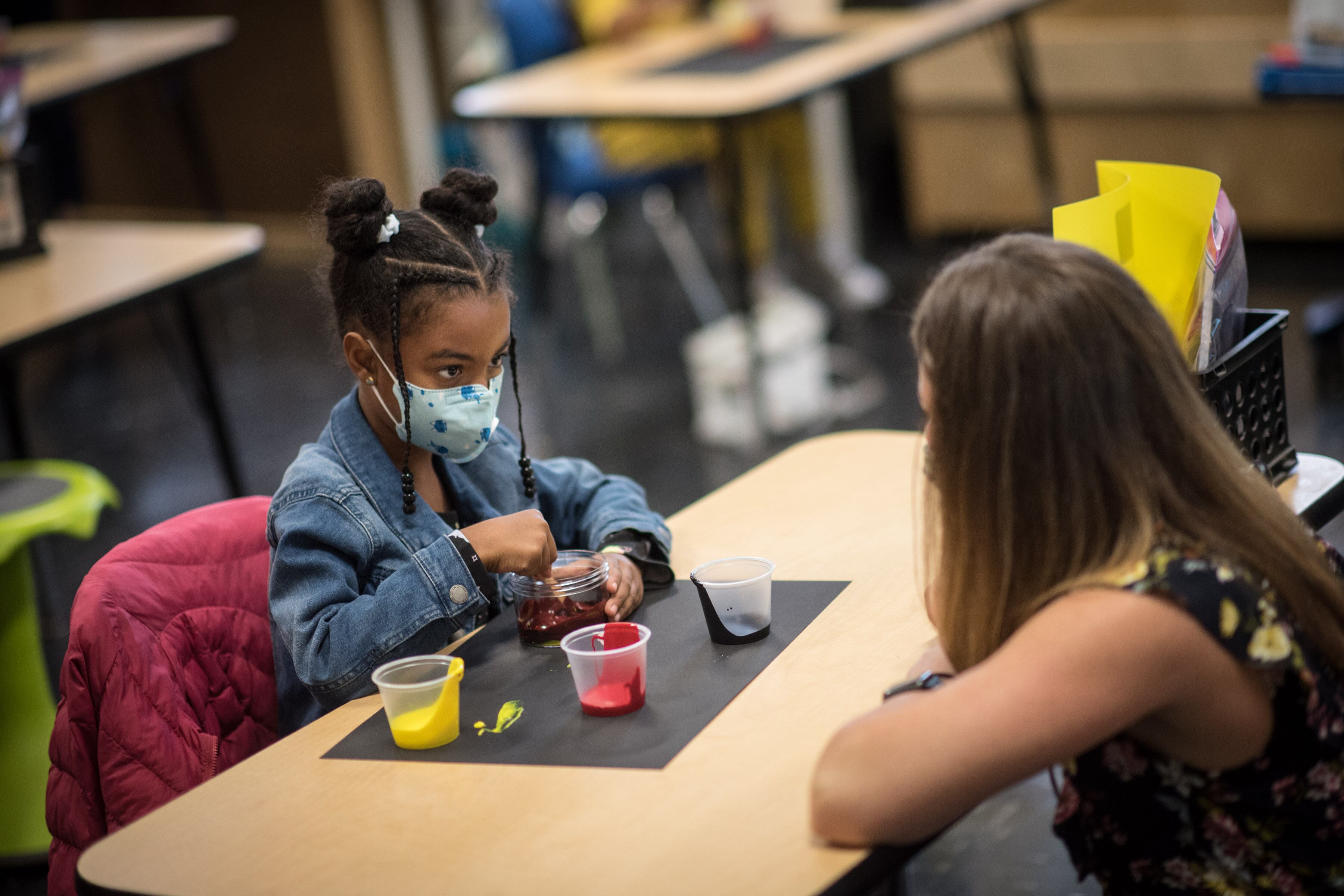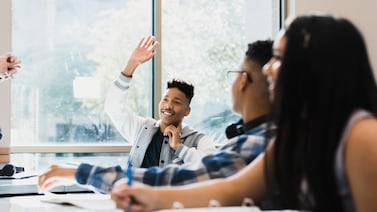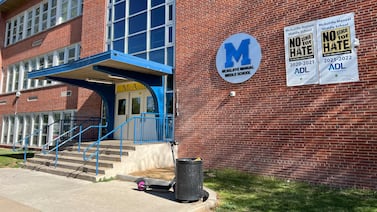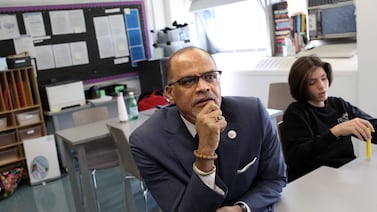Most New York City schools haven’t even been open a full week, and already Mayor Bill de Blasio’s plans have hit a major setback: He wants to shut down campuses as of Wednesday in nine ZIP codes where coronavirus positivity rates had surpassed 3% over at least the past seven days.
The closures, which de Blasio announced Sunday, would affect about 100 public schools in Far Rockaway, Southern Brooklyn, and Central Queens neighborhoods. Some 200 private schools in those areas are also slated to close, including many yeshivas in Orthodox Jewish communities that have been particularly hard hit in the recent uptick of COVID-19 cases.
The move requires state approval. A spokesperson for the state health department declined to say when officials would make a decision on de Blasio’s plan and pointed to a statement from Gov. Andrew Cuomo that said the state “will close all business activity in the hot spots where the local governments cannot do compliance.”
Under the city’s plan, the school buildings in these neighborhoods will close for at least two weeks, but possibly longer. Schools in 11 more ZIP codes encompassing Williamsburg, Southern Brooklyn, and Central Queens with positivity rates that are reaching 3% are on a “watch list,” the mayor said.
The neighborhoods where schools could close at end-of-day Tuesday are Borough Park, Gravesend, Homecrest, Midwood, Bensonhurst, Mapleton, Flatlands, Gerritsen Beach, and Sheepshead Bay in Brooklyn, and Edgemere, Far Rockaway, Kew Gardens, Kew Gardens Hill, and Pomonok in Queens.
De Blasio emphasized that schools do not appear to be driving infections in most cases. The planned closures represent only about 6% of the city’s public schools.
SLATED CLOSURES
Schools in the following ZIP codes: 11691, 11219, 11223, 11230, 11204, 11210, 11229, 11415, 11367
WATCH LIST
Schools in the following ZIP codes: 11205, 11211, 11249, 11235, 11234, 11213, 11218, 11374, 11366, 11432, and 11365.
“We do not see a nexus to the public schools,” the mayor said. “This is an action being taken out of an abundance of caution.”
Children in closed schools will begin learning remotely on Wednesday, less than a week after all but one of the district’s 1,600 schools officially reopened for hybrid learning, a model that allows students to learn in-person one to three days a week in socially distanced classrooms, while learning remotely the rest of the time.
Schools will be allowed to stay open through Tuesday so teachers can help students prepare for fully virtual learning and hand out additional devices, de Blasio said. That decision immediately prompted outcry from some city lawmakers and educators who wondered why they need to be closed imminently but are safe enough to stay open for the next two days.
The mayor “just announced that it’s NOT safe to go to school in 9 zip codes, but is encouraging kids to get 1 more day [sic] inside school before they close,” tweeted Councilman Mark Treyger, who is the chairman of the city council’s education committee.
It’s unclear how effective targeted school closures will be, especially since many students and teachers learn or work at schools outside of the neighborhoods where they live.
The move departs from the mayor’s original plan to close schools only if the citywide positivity rate exceeded the 3% threshold de Blasio had marked as a trigger for closures. Gov. Andrew Cuomo has set that threshold at a 5% positivity rate.
The city’s seven-day average coronavirus positivity rate had been rising this week and reached 1.72% by Sunday. In recent weeks, the rate has hovered closer to 1% .
The mayor had dismissed calls from the city teachers union to shutter buildings in coronavirus hot spots in recent days, as the virus rates spiked in various city neighborhoods.
Union officials immediately applauded the targeted closures. “This is the right decision, one that helps protect our schools, our neighborhoods, and ultimately our city,” United Federation of Teachers President Michael Mulgrew said in a statement.
Closures will likely throw off schedules for parents and guardians who had decided to send their children back to school buildings part time. Nearly half of the city’s nearly 1 million students were expected to learn fully remotely, though the education department has not yet released attendance records showing how students actually showed up for in-person classes last week.
The move also upends months of planning on the part of teachers and principals, who navigated staffing shortages, complicated staggered schedules, and a slew of new health and safety guidelines in order to bring some of their students back.
The switch to complete remote learning raises questions about how prepared schools and teachers really are. Educators have said they’ve largely been left on their own to improve online instruction, even though the majority of students were slated to spend most of their school days remotely, regardless of the latest shutdown. Under the city’s hybrid schedule for returning to classes, and with strict social distancing rules in place, students were expected to spend as little as one day a week in school buildings and learn online the rest of the time.
However, some schools may seamlessly transition to all-remote learning. Several high schools decided to have all of their students learn online, even when they reported to buildings, with a teacher on hand to supervise, because they struggled to find enough staff to cover in-person and remote classes at the same time.







